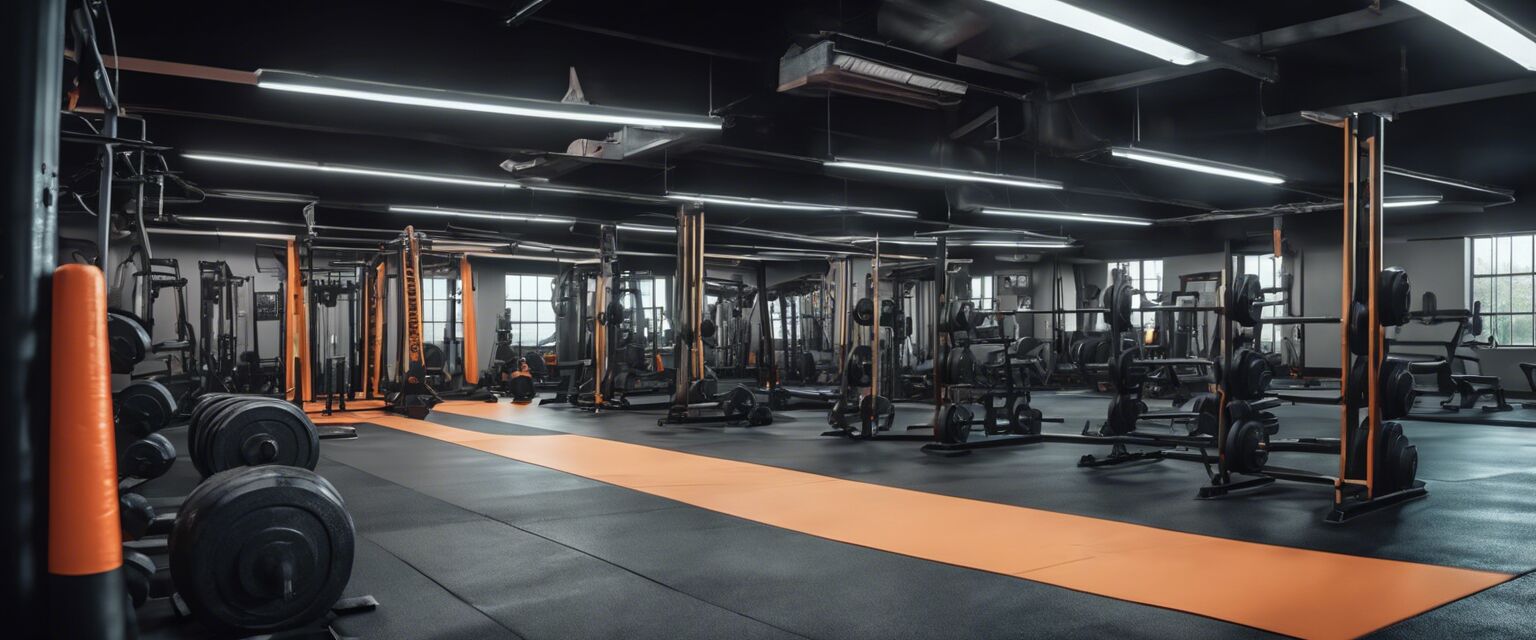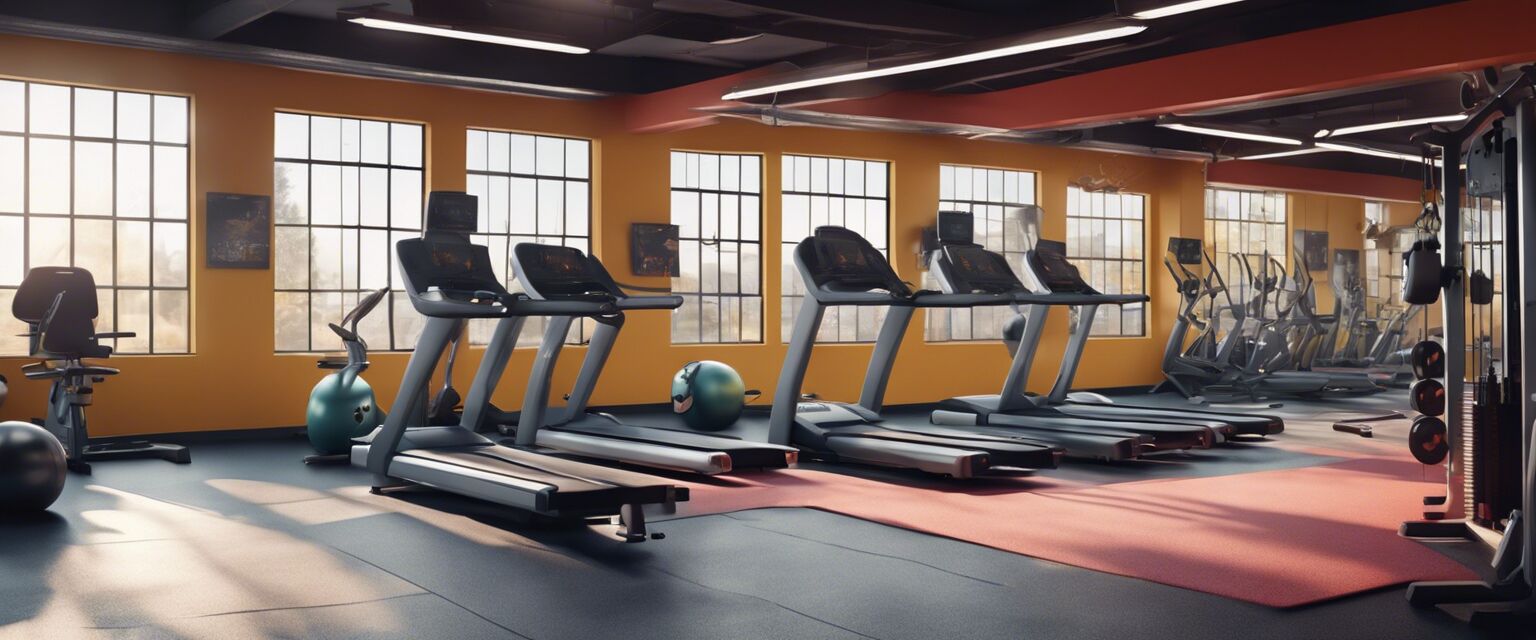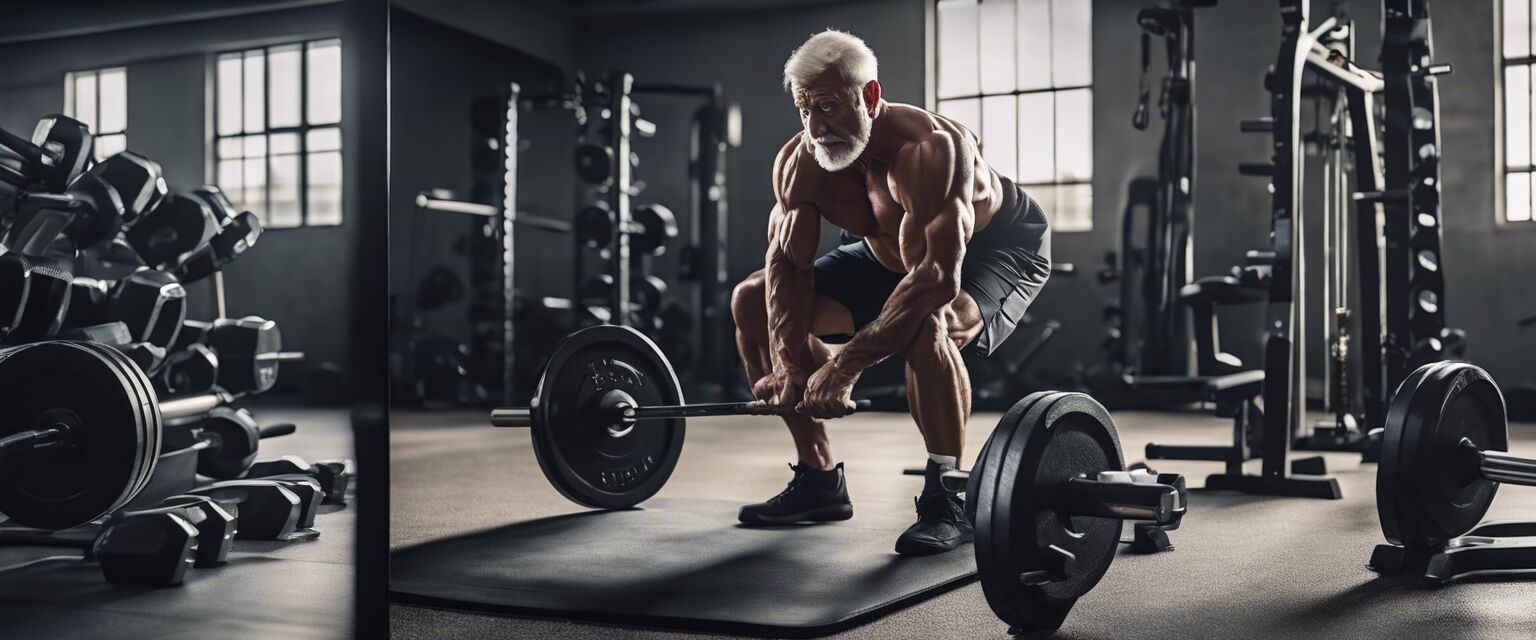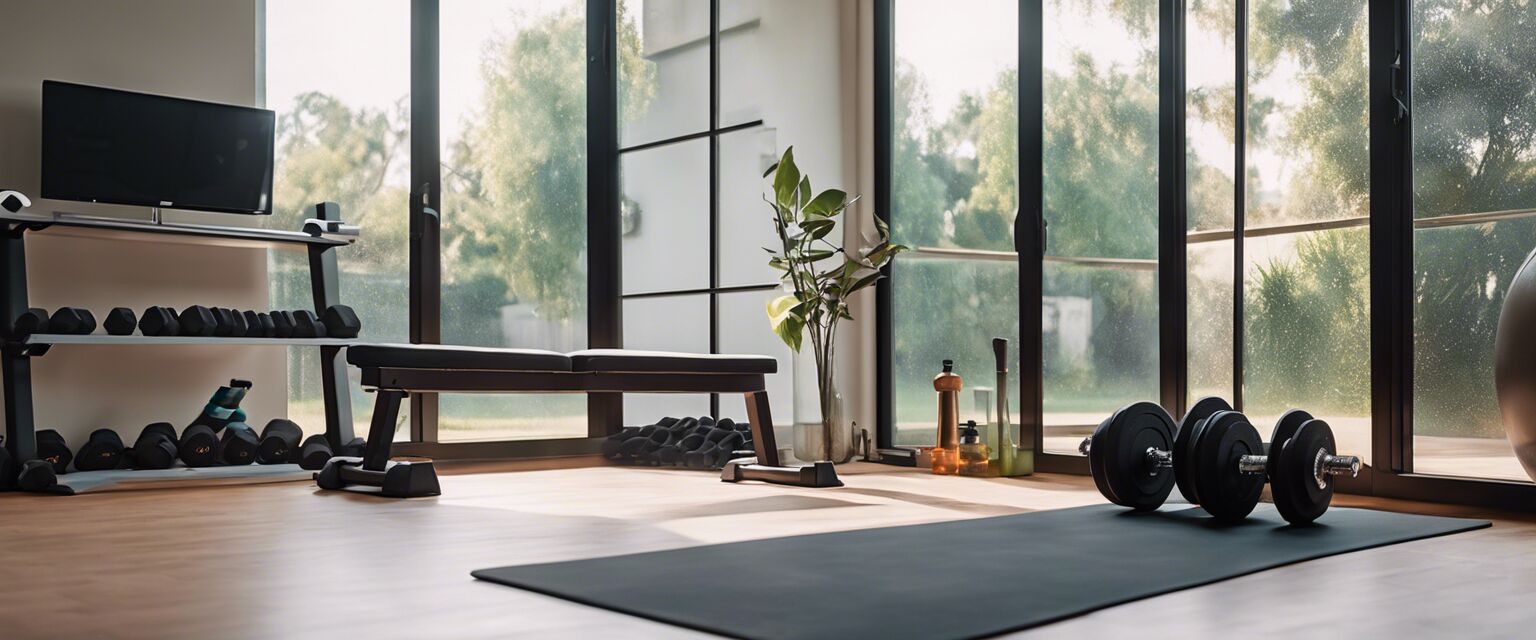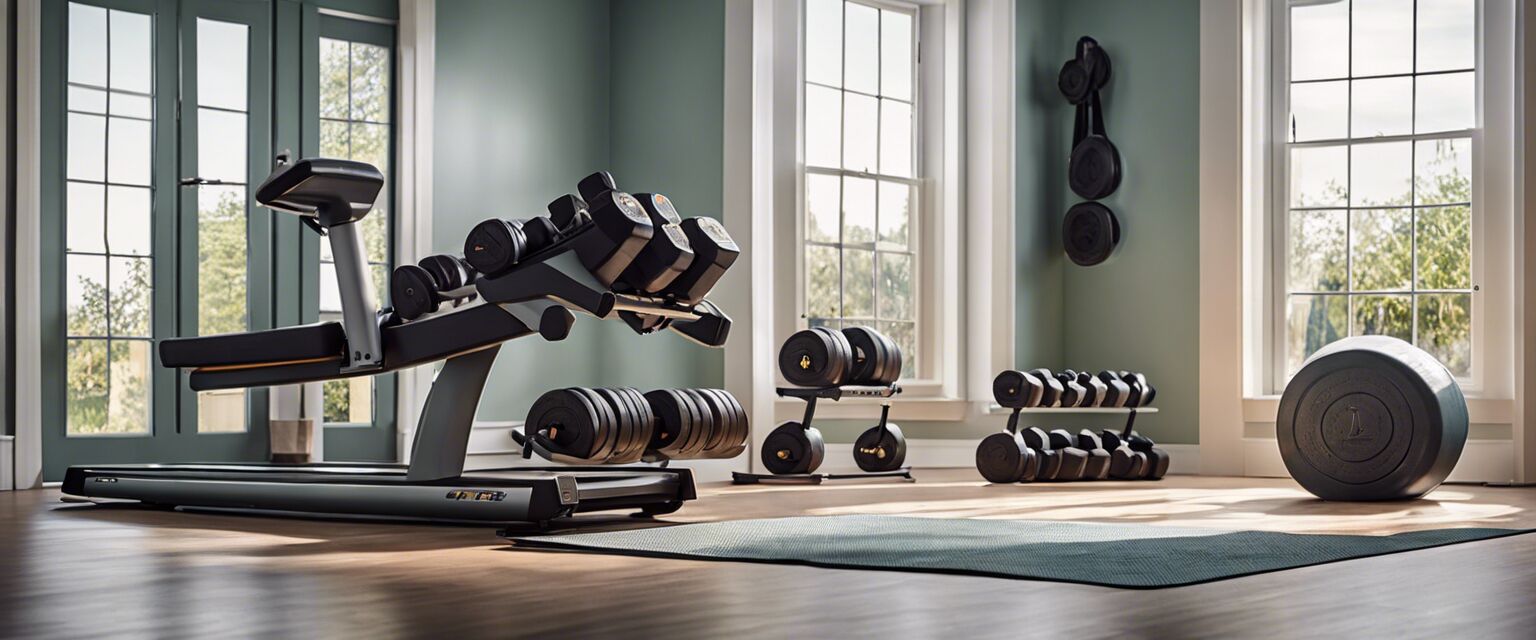
Strength training for joint health
Strength training is not just for bodybuilders or young athletes; it plays a crucial role in maintaining joint health as we age. Incorporating the right exercises can improve mobility, reduce stiffness, and enhance overall joint function. In this article, we'll explore various exercises and techniques specifically tailored for older adults focused on joint wellbeing.
Key takeaways
- Strength training is essential for maintaining joint health, especially in older adults.
- Low-impact exercises can improve mobility and reduce pain associated with joint issues.
- Using appropriate equipment enhances the effectiveness of strength training.
- Always consult a healthcare professional before starting any new exercise program.
The importance of strength training for joint health
Strength training helps support the muscles around joints, making them more stable and reducing the risk of injury. It can also help ease the symptoms of arthritis and other joint issues.
Benefits of strength training for joints
- Improved joint stability and support
- Enhanced muscle strength and endurance
- Reduced joint pain and stiffness
- Better overall mobility
- Increased balance and coordination
Best practices for safe strength training
When starting any strength training routine, especially for seniors, it's essential to follow best practices to maximize benefits while minimizing the risk of injury.
Tips for beginners in strength training
- Start with low weights and gradually increase as you become more comfortable.
- Focus on form rather than the amount of weight lifted.
- Warm-up before each session to prepare your joints and muscles.
- Incorporate flexibility and balance exercises into your routine.
- Listen to your body and rest when needed.
Effective exercises for joint health
The following exercises target key muscle groups that support joint health. It's advisable to perform these with the guidance of a fitness professional, especially if you're new to strength training.
| Exercise | Target Area | Equipment Needed |
|---|---|---|
| Chair Squats | Legs, hips | Chair |
| Seated Dumbbell Press | Shoulders | Dumbbells |
| Resistance Band Rows | Back | Resistance band |
| Standing Calf Raises | Calves | No equipment |
| Wall Push-Ups | Chest, arms | No equipment |
Chair Squats
This exercise helps strengthen the legs and hips without putting too much strain on the knees. Begin by sitting in a sturdy chair and stand up, using your leg muscles. Return to sitting slowly.
Seated Dumbbell Press
This exercise targets shoulder strength. While seated, hold a dumbbell in each hand at shoulder height and press upwards.
Resistance Band Rows
This movement promotes back strength. Secure the resistance band at a stable point in front of you and pull it towards your body, squeezing your shoulder blades together.
Pros
- Builds joint-supporting muscle strength
- Improves flexibility and mobility
- Low-impact exercises minimize stress on joints
Cons
- Risk of injury if not performed correctly
- May require initial guidance from a trainer
- Some exercises can be challenging for those with severe joint issues
Equipment for effective strength training
Utilizing the right equipment can enhance your strength training routine and support your joints effectively. Here are some great options:
| Equipment | Description | Benefit |
|---|---|---|
| Dumbbells | Handheld weights available in various sizes | Versatile for multiple exercises |
| Resistance Bands | Elastic bands for strength training | Low-impact resistance |
| Balance Boards | Platforms that challenge stability | Improves balance and proprioception |
| Yoga Mats | Comfortable mats for workouts | Provides cushioning during exercises |
| Weight Benches | Sturdy benches for various exercises | Supports proper form for upper body workouts |
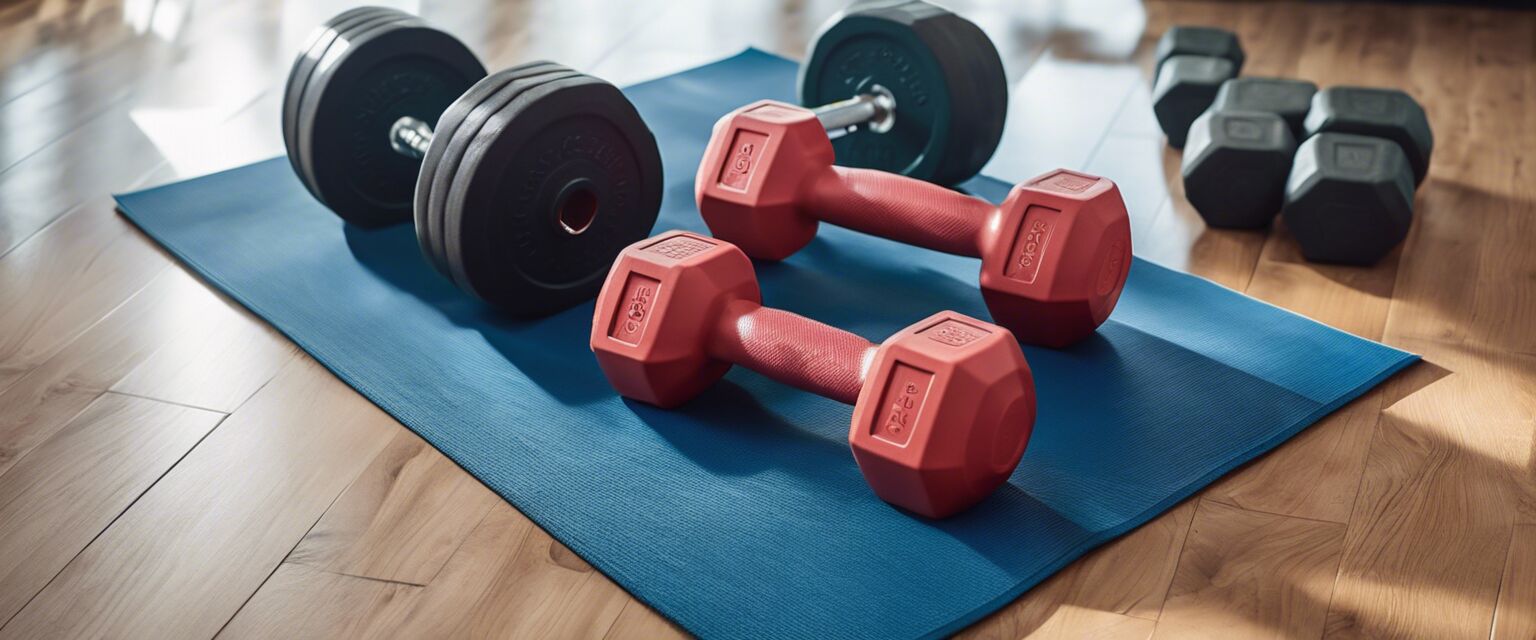
Incorporating strength training into your routine
To see the best results, aim for at least two to three strength training sessions per week. Here's a simple structure to get started:
- Begin with a warm-up of 5-10 minutes of light cardio.
- Perform the recommended exercises in sets of 10-15 repetitions.
- Focus on maintaining good form and breathing throughout.
- End with a cool-down that includes stretching exercises.
Conclusion
Incorporating strength training into your weekly routine is vital for maintaining joint health and improving mobility as we grow older. By focusing on safe and effective exercises, using proper equipment, and following best practices, you can promote better joint function and enhance your overall quality of life as a senior. For more information on various strength training equipment options, check out our Dumbbells, Resistance Bands, and Yoga Mats pages.
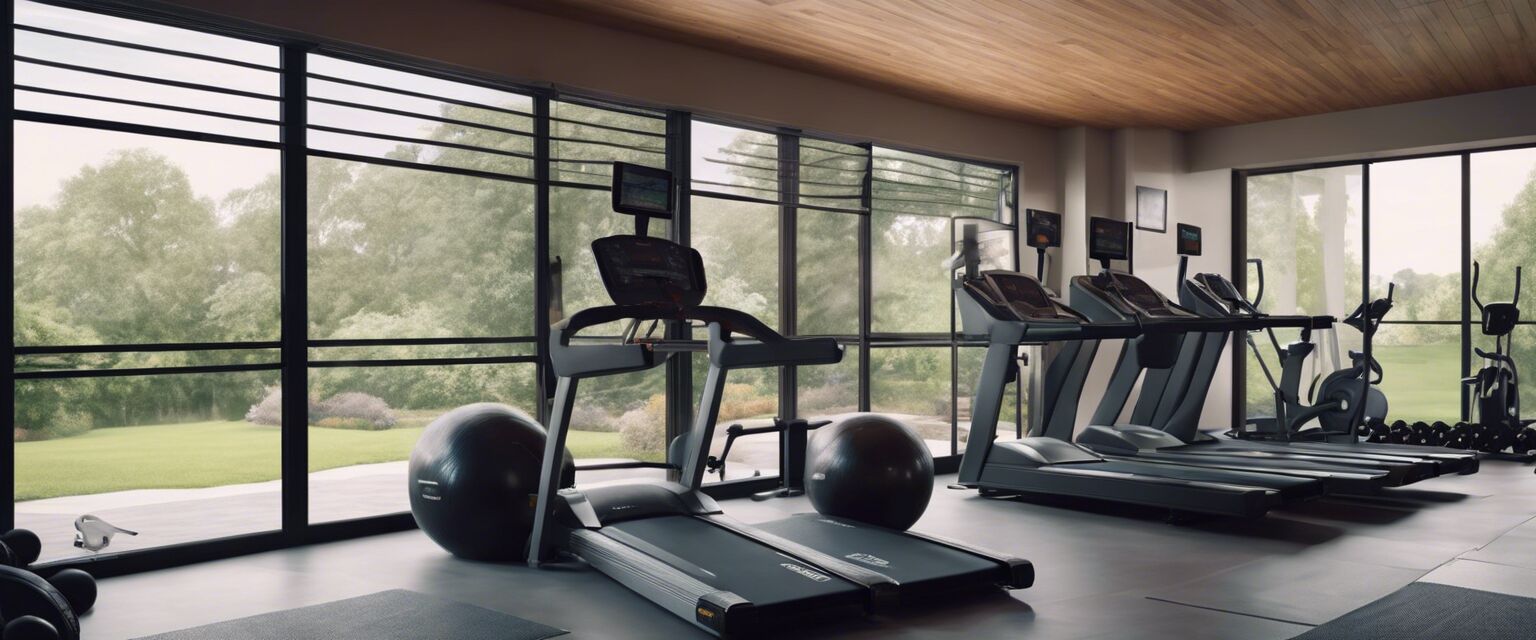
Additional resources
For further reading on exercises and tips for seniors engaging in strength training, consider visiting our sections on Weight Benches, Balance Boards, and Exercise Books.

